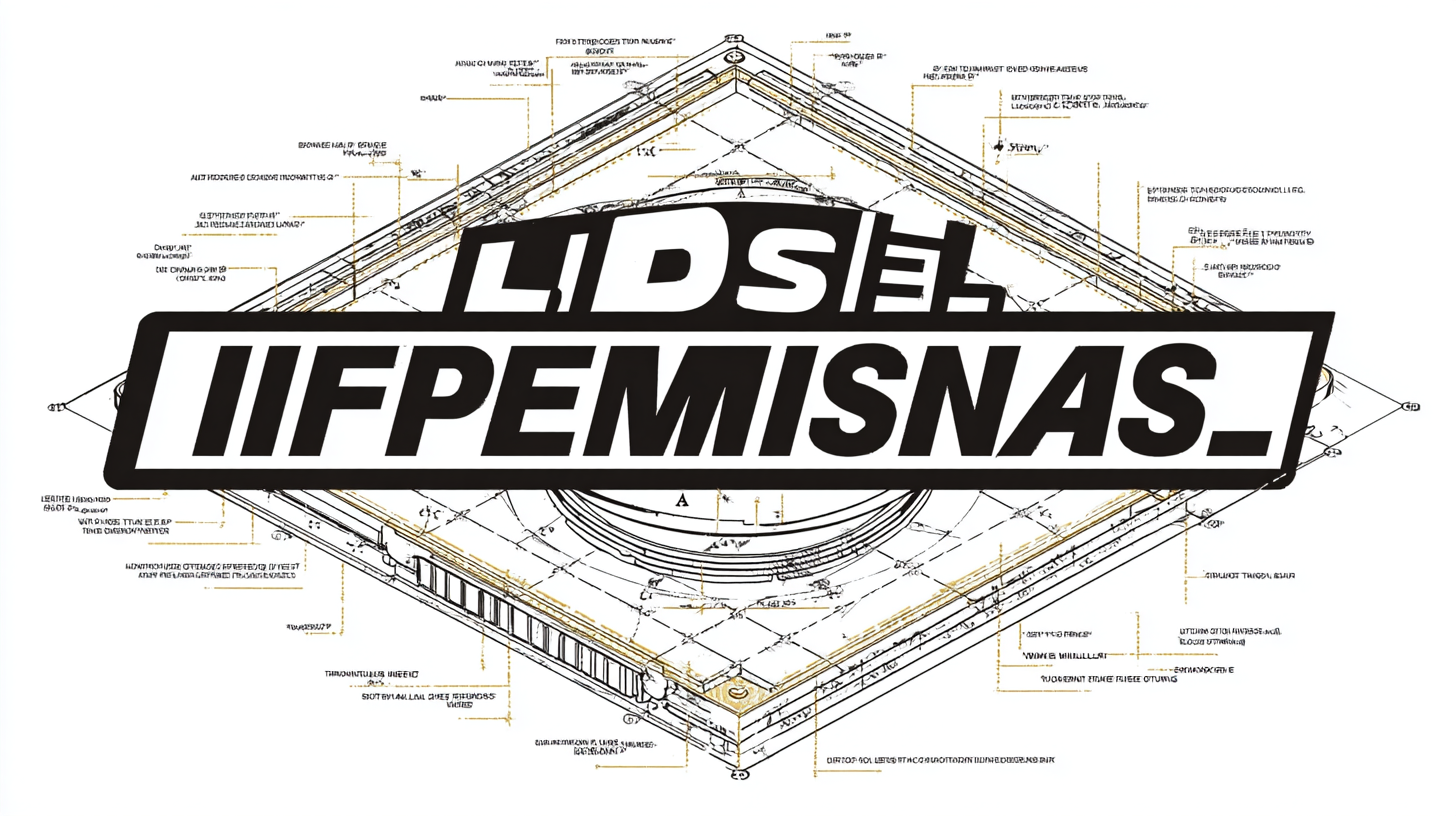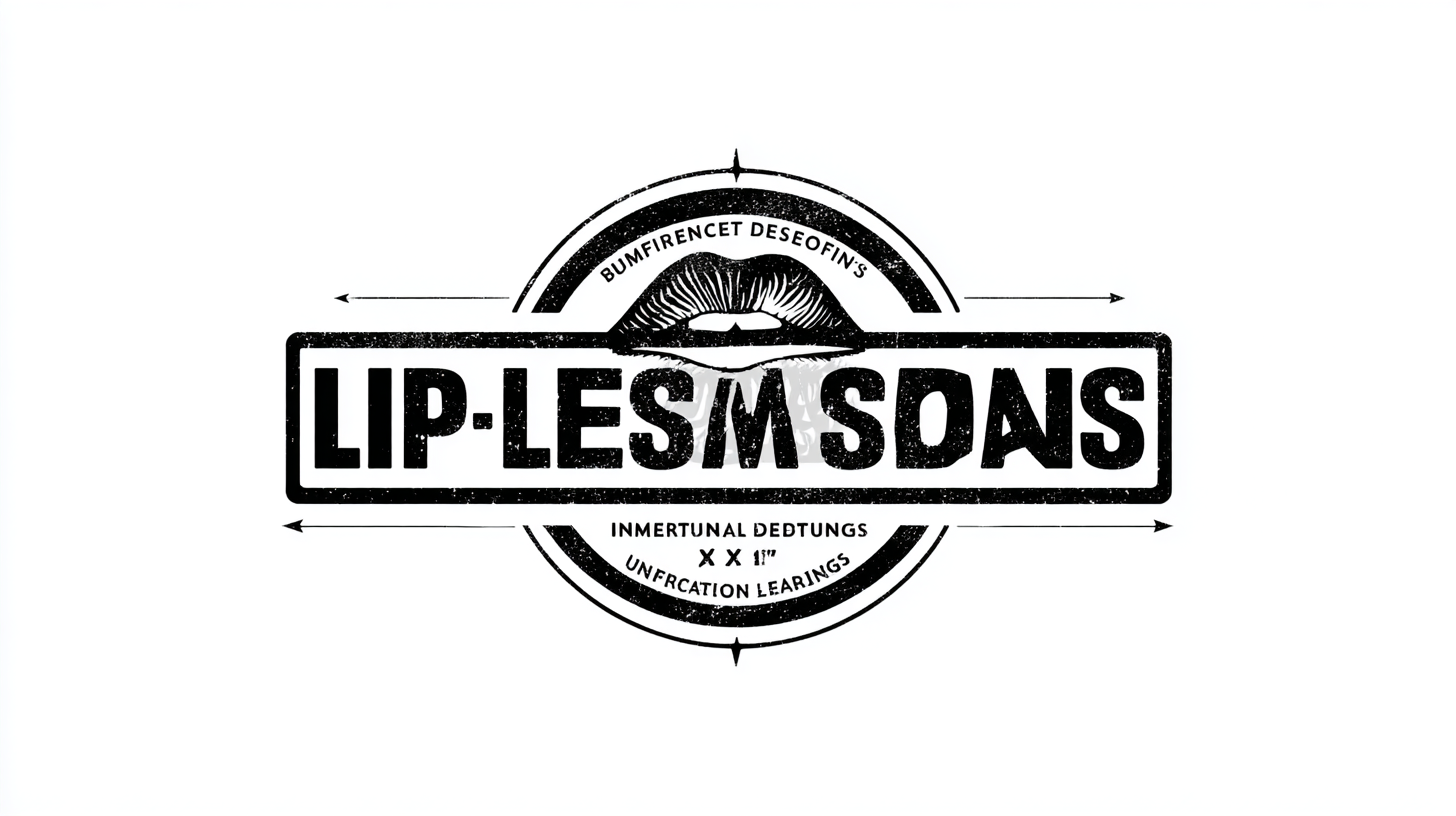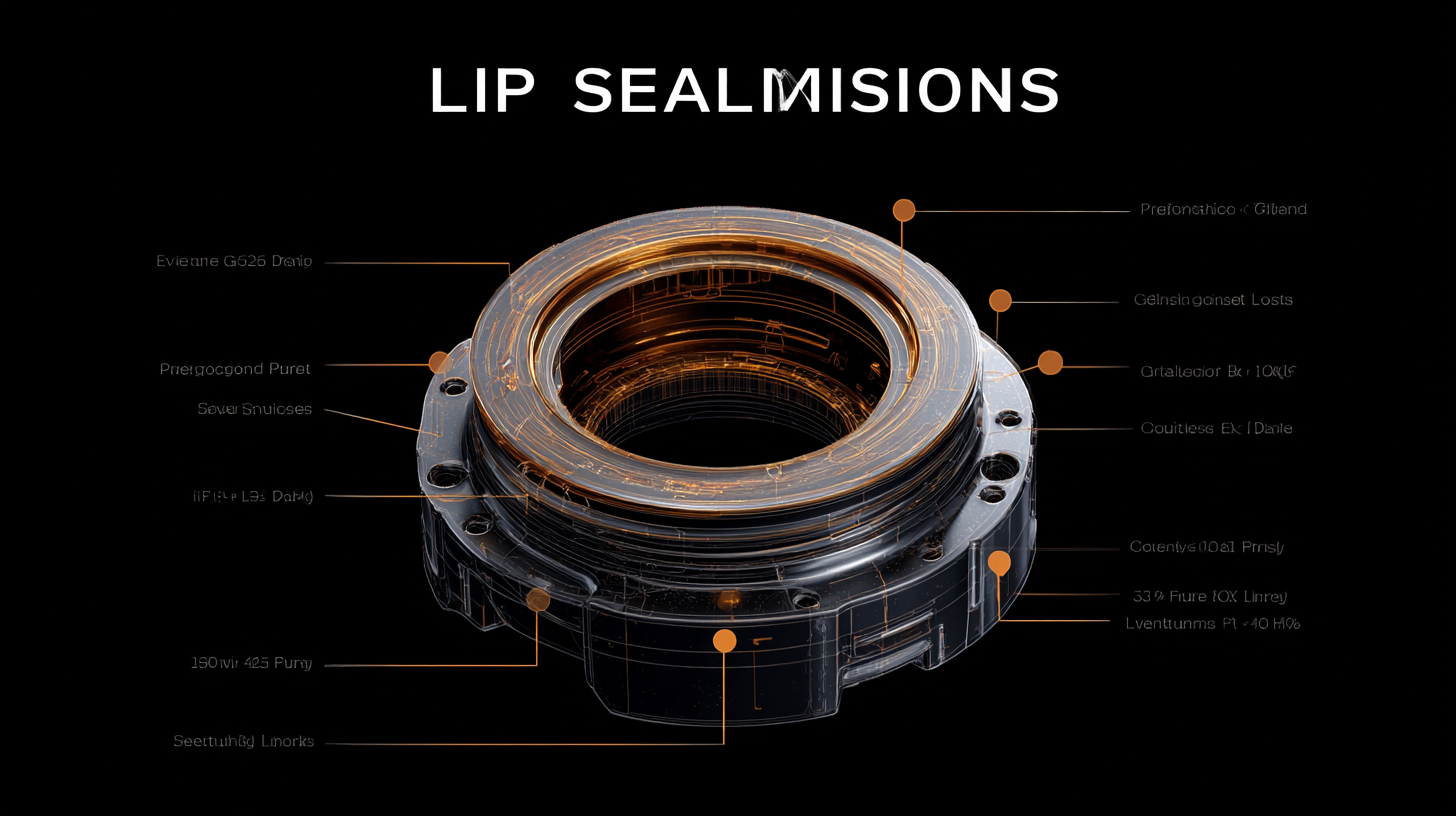In the evolving landscape of mechanical engineering, the significance of Lip Seal Dimensions in enhancing performance and prolonging the longevity of machinery cannot be overstated. Recent industry reports highlight that improper seal dimensions can lead to increased wear and tear, contributing to maintenance costs that may reach up to 30% of the total operational budget. According to a study conducted by the International Sealing Distribution Association (ISDA), seals that are optimized for their specific applications can improve overall efficiency by nearly 15%. This underscores the crucial role that precise Lip Seal Dimensions play in not only minimizing leakage but also in extending the lifespan of equipment. As we delve into the 2025 industry trends, it becomes essential to understand how these dimensions affect performance and reliability, ensuring that machinery operates at peak efficiency in an increasingly demanding market.

In fluid mechanics applications, the dimensions of lip seals play a crucial role in ensuring optimal performance and longevity. Lip seals are designed to prevent fluid leakage and protect machinery from contaminants. The geometry of the seal, including its lip profile, width, and thickness, can significantly influence how effectively it functions under different pressure and temperature conditions. An ill-fitted or poorly designed lip seal can lead to premature wear, increased friction, and ultimately, equipment failure.
The selection of appropriate lip seal dimensions is essential for balancing the requirements of fluid retention and mechanical stability. For instance, a wider lip may provide better sealing under high pressure, but could also increase frictional losses. Conversely, a narrower lip might be more effective in certain applications where space is a constraint. This intricate balance highlights the importance of engineering precision in designing lip seals that can withstand the specific demands of the application while ensuring a long operational lifespan. Understanding these dynamics allows engineers to make informed choices that enhance system reliability and efficiency.
In the realm of mechanical seals, lip seals play a critical role in ensuring optimal performance and longevity of various machinery. The recent 2025 update to key industry standards emphasizes the importance of precise lip seal dimensions, which directly affect leakage rates, wear resistance, and overall efficiency. Engineers and manufacturers are now more equipped than ever to specify seals that meet stringent guidelines, which enhances reliability across diverse applications, from automotive to aerospace.
The revised standards take into account factors such as material durability, operational temperature ranges, and the interplay between seal design and system pressure. With advancements in material science, the latest lip seals can withstand harsher conditions while providing superior sealing capabilities. By adhering to these updated standards, industries can mitigate risks related to equipment failure and reduce maintenance costs, ultimately leading to improved productivity and extended service life of crucial components.
| Seal Dimension | Impact on Performance | Longevity (Years) | Industry Standard |
|---|---|---|---|
| Inner Diameter (ID) | Critical for maintaining sealing pressure | 5-10 | ISO 7345 |
| Outer Diameter (OD) | Influences the sealing surface area | 4-8 | DIN 3760 |
| Lip Width | Affects wear rate and friction | 3-6 | ASTM D4605 |
| Lip Angle | Determines fluid sealing efficiency | 2-5 | SAE J1850 |
| Material Type | Affects chemical compatibility | 5-15 | ISO 1629 |
In the world of machinery and equipment maintenance, the dimensions of lip seals play a crucial role in not only performance but also in determining the longevity of various components. Recent data analyses have shed light on the significant correlation between seal size and operational lifespan. It turns out that the optimal dimensions of lip seals can drastically reduce wear and tear on equipment, ultimately leading to fewer breakdowns and lower maintenance costs over time.
Research has shown that improperly sized seals can lead to premature equipment failure, resulting in costly downtimes. By examining real-world case studies and data sets, we can identify trends that highlight the importance of selecting the right seal dimensions. For instance, seals that are too small may not provide adequate lubrication retention, while those that are excessively large can create unnecessary friction. Understanding these dynamics is essential for engineers and technicians seeking to enhance the reliability and efficiency of their machines.
Selecting the appropriate lip seal dimensions is crucial, especially in high-pressure environments where equipment reliability is paramount. When evaluating lip seals, factors such as the operating pressure, temperature, and the type of fluid being sealed play a significant role in determining the optimal dimensions. It is essential to choose seals that accommodate fluctuations in pressure and temperature while maintaining the integrity of the sealing surface to prevent leakage and extend service life.

Best practices for selecting lip seal dimensions include conducting a thorough analysis of the application requirements. Understanding the specific characteristics of the operating environment helps in choosing the right material and profile for the seal. Additionally, incorporating a safety margin in the selection process can accommodate unexpected changes in pressure or contact conditions. Regular maintenance checks and monitoring wear patterns can also provide vital data for future seal dimension selections, ensuring consistent performance and reliability in high-pressure applications.
The future of lip seal technology is poised for significant advancements by 2025, driven by increasing demands for efficiency and sustainability in various industries. As manufacturers seek to enhance performance and durability, innovations in materials science are emerging as a key trend. Advanced polymers and composites are being developed, offering improved resistance to wear, temperature fluctuations, and chemical exposure. These materials not only extend the lifespan of lip seals but also contribute to more energy-efficient systems, reducing environmental impact.

Another important trend is the integration of smart technology into lip seal designs. The use of sensors embedded within seals can provide real-time data on performance metrics, such as pressure, temperature, and wear levels. This feedback allows for proactive maintenance strategies, reducing downtime and increasing overall operational efficiency. Additionally, predictive analytics will enable manufacturers to foresee potential failures and optimize seal performance, marking a significant leap in reliability for critical applications in automotive and industrial sectors. As we approach 2025, these innovations promise to reshape the landscape of lip seal technology, enhancing both performance and longevity.
